The 1938 International Amateur Movie Show
by Charles Tepperman
The “International Amateur Movie Show” was presented at Columbia University (New York) on April 6, 1938. Amateur movie organizations around the world submitted their best films for the screening, and ultimately 10 films from 9 different countries were presented. The screening thus provides evidence of the emerging global network of amateur cinema organizations in the 1930s.
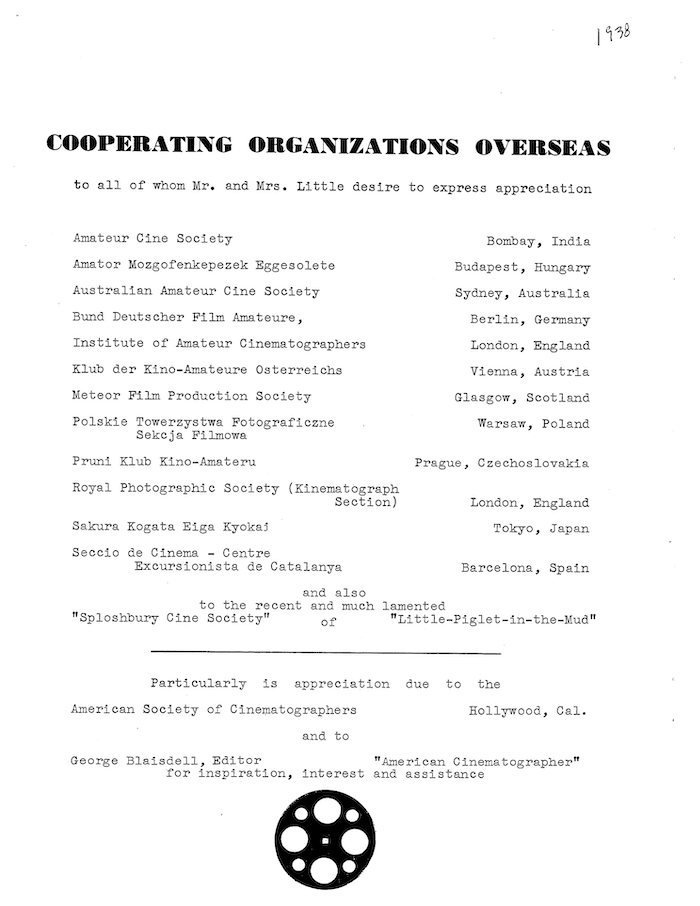
The screening was curated by a New York insurance broker and amateur filmmaker, Duncan MacD Little, who had been organizing an annual “Movie Party” of polished films since 1929. By the mid-1930s these annual events had become a significant event that attracted audiences of several hundred people. When Little announced his desire to organize a program of international amateur films, Columbia University’s Department of Extension offered their support and ultimately included the Show in their 1937/8 “Motion Picture Parade,” a year-long film appreciation series of lectures and screening. Little organized the Show by putting out a call to amateur movie organizations around the world inviting them to submit their best films for the screening. The result was a screening of 10 films from 9 different countries (two films came from Scotland- one a last-minute addition).
The films in the program present a wide range of different subjects and approaches to amateur filmmaking, from chronicles of surrounding places, to polished fictional works, to experimental anti-war films. The films also present different production modes (individual filmmakers, collective/club productions). Three of the original ten were color films. Some of the films were previous winners in the American Cinematographer amateur movie contests, while others were prize winners in Europe or elsewhere. The variety of types and international origins of these films would have stood in stark contrast to the Hollywood fare presented at commercial movie theatres during this time.
Program for The 1938 International Amateur Movie Show
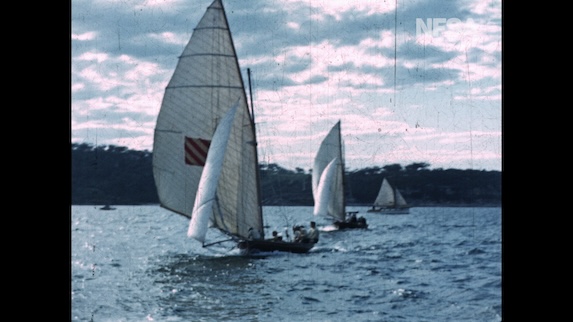
To the Ships of Sydney (James A. Sherlock, 1935, Australia)
Winner of the Grand Prize in American Cinematographer’s 1937 International Amateur Movie Contest. Sherlock was a prominent member of the Australian Amateur Cine Society and frequent winner of international amateur movie contests during the 1930s, presenting his films widely in in Australia, the United States, and Japan. The film was praised for its outstanding Kodachrome photography, handling of challenging exposure conditions, and excellence of composition.
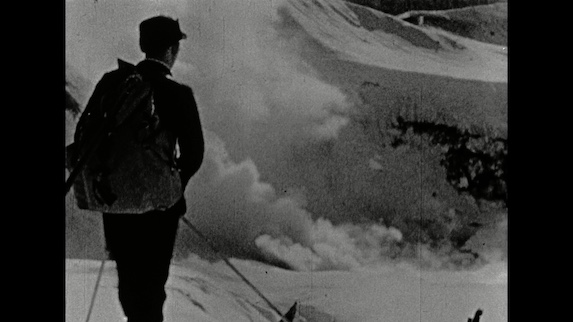
Mount Zao (Tsukamoto Kōji, 1935)
“A down mountain ski run, etched against a filtered sky and set in a world of fantastic snow shapes and incredible beauty, is the theme of Mount Zao, which was filmed on the Japanese mountain of that name. Khoji Tsukamoto has mastered the technique of back lighting the dramatic turns, stems and jumps of a down mountain run so that they are framed against luminous clouds of powdered snow…” - award citation from Movie Makers. This film won numerous awards internationally, as did several other films by Tsukamoto during the 1920s and 30s.
For more information. Watch the film.
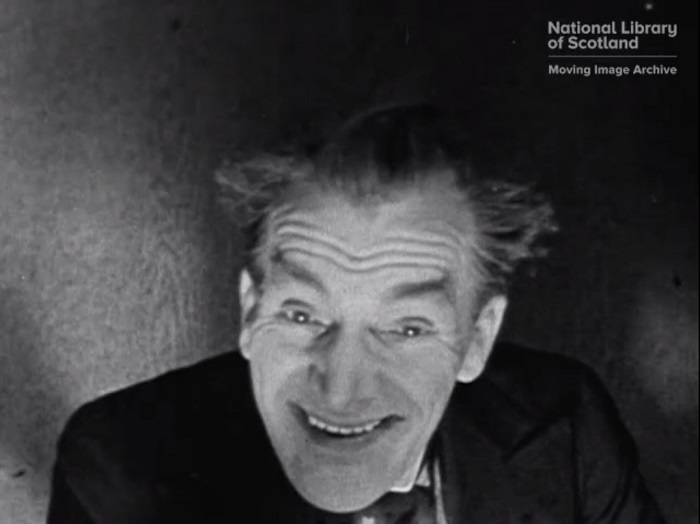
Fourth in Hand: A Fantasy of the Card Table (Meteor Film Producing Society, 1936, Scotland)
The Meteor Film Society was established in Glasgow in 1932. In addition to organizing a well-equipped studio and producing many well-crafted films, the group also organized the Scottish Amateur Film Festival starting in 1933. Fourth in Hand was one of the winners in the 1937 edition of this festival, which was adjudicated by Anthony Asquith.
For more information. Watch the film.
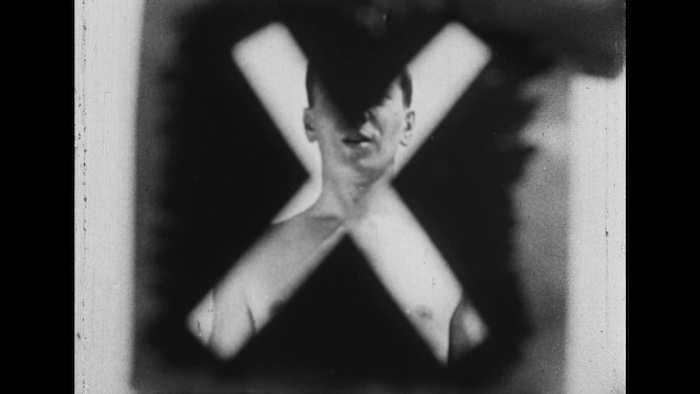
Příběh vojáka / A Soldier’s Story (Čeněk Zahradníček and Vladimír Šmejkal, 1935, Czechoslovakia)
An avant-garde anti-war film, and winner of a major prize at the UNICA amateur film competition in 1937. Čeněk Zahradníček was a prominent member of a Prague amateur movie club in the 1930s when he produced several avant-garde works. He later worked as a newsreel cameraman in the 1940s. Duncan MacD. Little wrote, “Strangely enough we viewed it first on the same day that the German troops entered Austria, and the impression (in conjunction with that news), was tremendous.”
For more information. Watch the film.
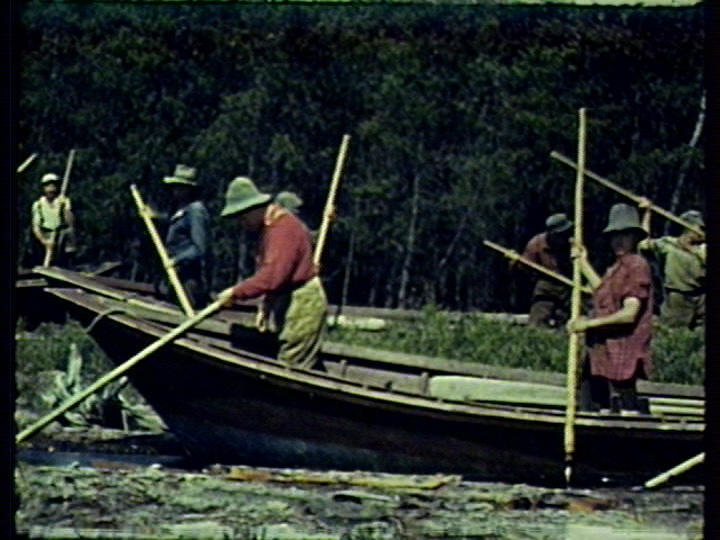
Gloire à l’eau (Albert Tessier, 1935/50, Canada)
Albert Tessier was a priest and amateur filmmaker based in the St. Maurice River area north of Trois-Rivières, Quebec. Tessier made about seventy short films from 1927 through the 1940s, using film to record his canoe trips, and to support the work he did for the St. Maurice Forest Protective Association and, later, the Catholic church’s program in family education. Tessier filmed Gloire à l’eau in the mid-1930s, supplementing and re-editing it often over the next decade and a half. Though the film was typically presented with music or spoken commentary, the version that survives is silent. After 1941, some of Tessier’s films (including Gloire à l’eau) were distributed by Quebec’s government cinema service. Today, Tessier is best remembered as the namesake for the Prix Albert-Tessier, awarded each year to an individual for their outstanding career in Quebec cinema.
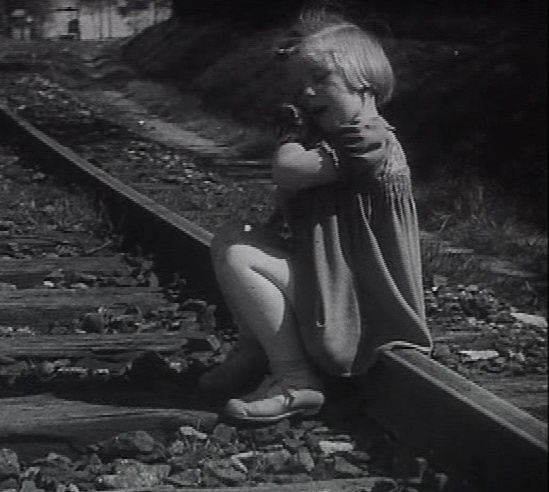
Bommerli (Richard Groschopp, 1936/7, Germany)
Bommerli features Groschopp’s daughter, Renate, and was a huge success at international competitions. The film was first produced independently in 1935 and then a second “professional” version with a soundtrack was commercially distributed in 1937 (it is unclear if the film was re-shot, or if a soundtrack was just added). We don’t know which version of the film screened in New York in 1938; only the sound version is known to be extant. Originally trained a pastry chef, Groschopp parlayed his success as an amateur filmmaker into work as a professional. He worked as a cameraman on Leni Riefenstahl’s Olympia (1938), made industrial and instructional films during World War Two, and directed feature films for DEFA in the 1950s and 60s.
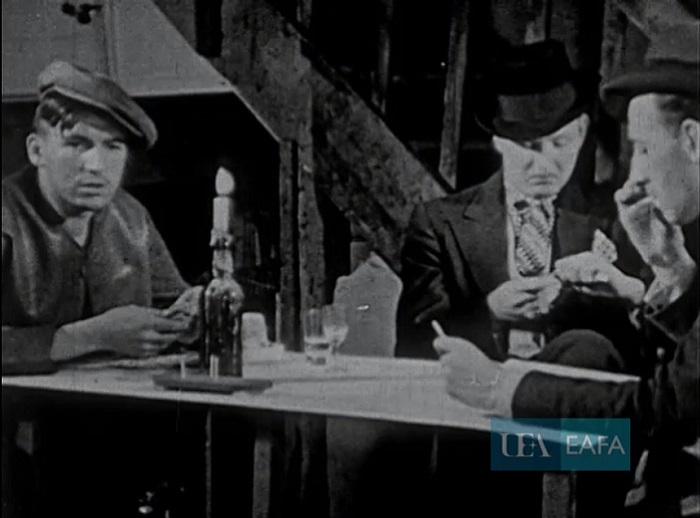
Driftwood (Ace Movies, ca. 1933, England)
“A tale of greed, murder and passion set in a French provincial town in the 1930s. The focus is a tawdry basement drinking and gambling club. Rejecting the violent advances of a man who returns to her rooms with her, a local girl kills him and is assisted in the disposal of the corpse by her regular beau - a cynical, louche cardsharp. A vigilant detective brings her to court for murder. Witnesses take the chance to blacken her name by giving false testimonies but she is acquitted. Her freedom is soured by her lover’s rejection of her and she returns to the streets” - East Anglian Film Archive.
For more information. Watch the film.
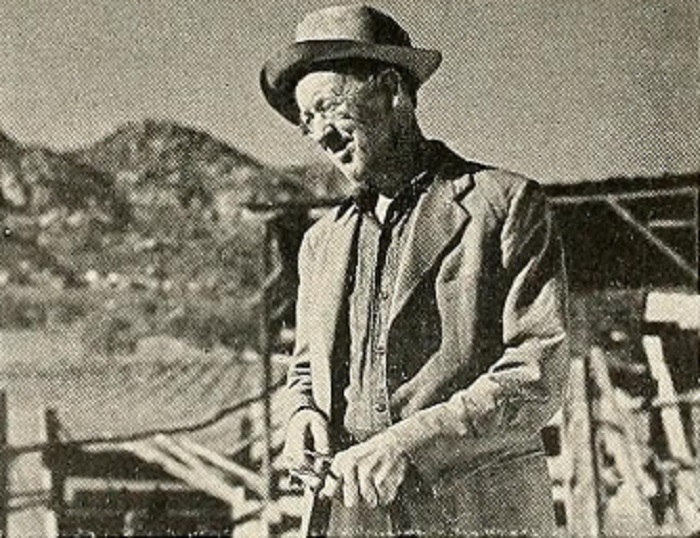
Prize Winner (J. Kinney Moore, 1937, USA)
“The ‘prize winner’ of the title of course was just a goat who had pulled down for its owner a ten-dollar bill as a prize at the county fair, a sum which its owner promptly had sunk in the nearest bucolic palace of chance. The committee disregarded any possessive tendencies of its own in the goat line and decided the entrant really did know his onions when it came to making pictures. But of course every one even on the fringe of the amateur world knows J. Kinney Moore is one of the tops among the amateurs.” - American Cinematographer. No copies of this film are known to be extant.
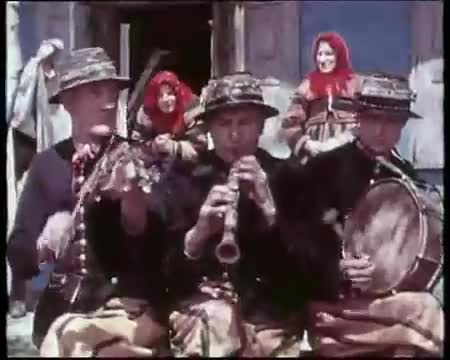
A Province of Poland (Tadeusz Jankowski, 1937, Poland)
“This film was awarded first prize for color at the Paris International last summer (1937) and richly deserved it!.” - American Cinematographer. No copies of this film are known to be extant; some of Jankowski’s other films are held by the State Ethnographic Museum in Warsaw, including A Country Wedding (pictured above), which won the grand prize in the Union Internationale du Cinema d’Amateur (UNICA) contest in 1938 and which Little screened the following year.
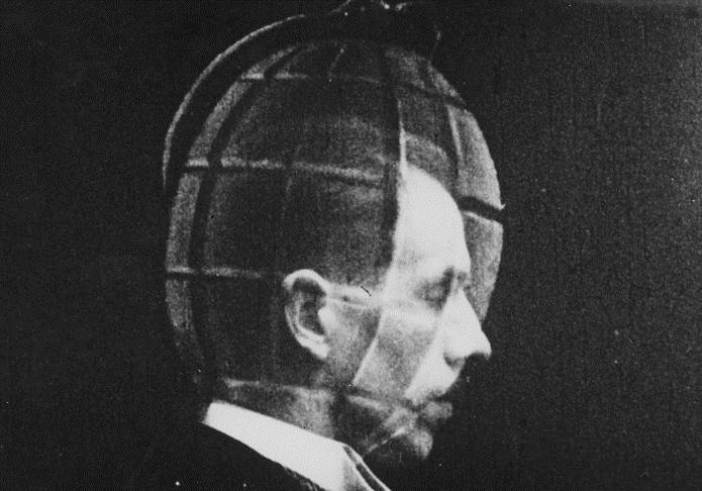
Hell UnLtd (Norman McLaren and Helen Biggar, 1936, Scotland)
“Norman McLaren and Helen Biggar’s urgent work of animated agit-prop utilises a mixture of film forms (from found footage to title cards and staged action) stitched together with rapid editing to create an incisive and disorienting polemic against government armament spending. Made in 1936 as fascism was on the rise throughout Europe, the film was the result of collaboration between animator McLaren and sculptor Biggar, made during their tenure at the Glasgow School of Art.” - British Film Institute.
For more information. Watch the film.
The Reconstruction
The Amateur Movie Database Project located several of the films from the original program – travelogues, short fiction films, and avant-garde works – and created a partial reconstruction of the program.
AMDB research suggests that only about 10% of amateur films from this period survive today, so we were thrilled to discover that 8 of the films screened on April 6, 1938 have been preserved in film archives (plus a different, but similar, film by one of the filmmakers). This gives us an exciting opportunity to reconstruct this screening and re-experience this important moment of a burgeoning international amateur film movement. The original program was over two hours long, so we presented a slightly shortened version, featuring six of the films (the first six films listed, above).
The reconstruction was first presented at the TIFF Bell Lightbox in Toronto on January 26, 2018. It has subsequently been presented at Light Industry (Brooklyn, NY), the University of Chicago, Contemporary Calgary, and Northeast Historic Film (with different sound accompaniment at each venue).
To inquire about screening The 1938 International Amateur Movie Show: A Reconstruction contact amdb@ucalgary.ca.
Cooperating Archives
National Film and Sound Archive of Australia
East Anglian Film Archive
National Library of Scotland Moving Image Archive
Czech National Film Archive
Bibliothèque et archives nationales du Québec
Bundesarchiv-Filmarchiv